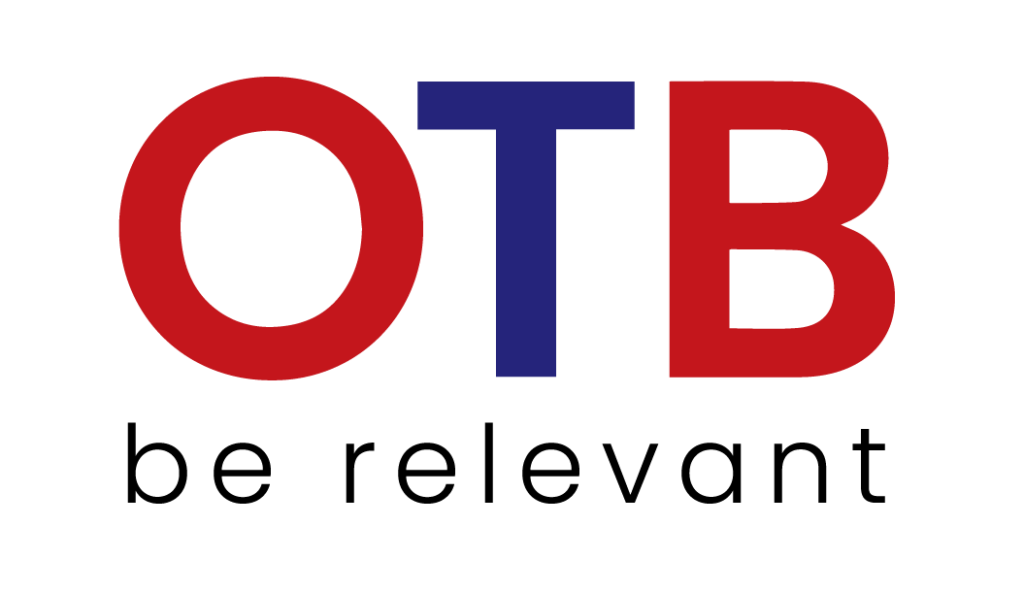
What is a Content Strategy?
A content strategy is a plan for creating, publishing, and managing content that aligns with a business or organization’s goals and objectives. It involves developing a framework for producing and distributing high-quality content that resonates with a target audience and helps achieve specific business outcomes. A typically involves defining the target audience, identifying the types of content that will resonate with that audience, determining the channels for distributing that content, and establishing a plan for creating and publishing that content over time. The content strategy management may also include guidelines for the tone and voice of the content, as well as metrics for measuring the effectiveness of the content.
The purpose of a content strategy is to ensure that content is created with a purpose and that it aligns with the organization’s overall marketing and branding goals. By creating a well-planned and well-executed content strategy, businesses and organizations can attract and retain customers, establish thought leadership in their industry, and ultimately drive revenue and growth.
Why Content Strategy is Important for Your Business?
Content strategy is important for businesses for several reasons:
Establishes a clear direction: A content strategy provides a roadmap for your content marketing efforts, ensuring that you are creating and distributing content that aligns with your business goals and objectives. By defining your target audience, identifying their needs and interests, and establishing a plan for creating and distributing content that meets those needs, you can create a cohesive and effective content marketing program. customers to your business. Over time, this can help establish your brand as a trusted authority in your industry and foster long-term relationships with customers.
Improves search engine rankings: Creating optimized content is an effective way to improve your search engine rankings and increase your visibility online. By incorporating relevant keywords and optimizing your content for search engines, you can improve your website’s search engine rankings and attract more organic traffic. This can ultimately lead to more leads and sales for your business.
Builds trust and credibility: Consistently producing high-quality, valuable content can help build trust and credibility with your audience. By providing them with useful information, insights, and solutions to their problems, you can establish your brand as a trusted authority in your industry. This can ultimately lead to greater customer loyalty, repeat business, and referrals.
Helps measure ROI: By establishing metrics for measuring the effectiveness of your content marketing efforts, you can track the ROI of your content strategy and make data-driven decisions about how to improve and optimize your content. This can help you allocate resources more effectively and ensure that you are getting the best possible return on your investment.
A well-planned content strategy can help businesses achieve their marketing and branding goals, establish thought leadership in their industry, and drive revenue and growth over the long term. By investing in content marketing, businesses can create a competitive advantage and differentiate themselves in a crowded marketplace.
How to Create a Content Strategy Framework?
Creating a content strategy framework can help you plan and execute your content marketing efforts more effectively. Here are some steps to create a content strategy framework:
Define your goals: The first step in creating a content strategy framework is to clearly define your goals. Ask yourself what you want to achieve with your content marketing efforts. This could include increasing website traffic, generating leads, building brand awareness, or driving sales. Your goals will guide the rest of your content strategy and help you measure success.
Understand your target audience: In order to create content that resonates with your audience, you need to understand their needs, interests, and pain points. This involves conducting market research, analyzing customer feedback, and using data analytics to gain insights into your target audience.
Conduct a content audit: A content audit is a review of your existing content to determine what’s working, what’s not, and where there are gaps in your content offering. This will help you identify opportunities to create new content and improve existing content. Some things to consider during a content audit include the quality of your content, the topics covered, and how the content is performing.
Develop a content plan: Based on your goals, target audience, and content audit, develop a content plan that outlines the types of content you will create, the topics you will cover, the channels you will use to distribute your content, and the frequency of your content. Your content plan should be aligned with your overall marketing strategy.
Create a content calendar: A content calendar is a schedule that outlines when and where you will publish your content. It should include key dates and events, as well as the specific topics and formats for each piece of content. Your content calendar should be flexible enough to accommodate changes, but structured enough to keep you on track.
Establish metrics for measuring success: To measure the effectiveness of your content strategy, establish metrics that align with your goals. Examples of metrics could include website traffic, social media engagement, email open rates, and conversion rates. These metrics will help you determine what’s working and what’s not, and adjust your content strategy as needed.
Monitor and adjust: Regularly monitor your metrics and adjust your content strategy as needed. Use the data to determine which types of content are resonating with your audience and adjust your content plan accordingly. You should also be open to feedback from your audience and be willing to make changes based on their input.
Conclusion
creating a content strategy framework involves understanding your audience, setting clear goals, and creating a plan that aligns with your overall marketing strategy. By following these steps, you can create a content strategy that engages your audience, drives traffic, and helps you achieve your marketing goals.
FAQ
Q.1 What are the key elements of a content marketing strategy?
The key elements of a content marketing strategy include defining your target audience, identifying your goals and objectives, developing a content plan, establishing metrics for measuring effectiveness, and ensuring that your content aligns with your overall marketing and branding goals.
Q.2 What are some best practices for content marketing strategy?
Some best practices for content marketing strategy include creating high-quality, relevant content that resonates with your audience, optimizing your content for search engines, publishing content consistently, promoting your content through social media and other channels, and measuring the effectiveness of your content marketing efforts over time.
Q.3 How often should I review and update my content marketing strategy?
You should review and update your content marketing strategy on a regular basis, such as quarterly or annually, to ensure that it remains aligned with your business goals and objectives and reflects changes in your target audience or market conditions.
Q.4 What types of content should I include in my content marketing strategy?
There are many types of content that can be included in a content marketing strategy, including blog posts, social media posts, videos, podcasts, e-books, white papers, infographics, case studies, webinars, and more. The specific types of content you include will depend on your target audience, industry, and business goals.
Q.5 How can I ensure that my content marketing strategy is effective?
To ensure that your content marketing strategy is effective, it’s important to establish metrics for measuring success and regularly monitor your progress. Some metrics to track might include website traffic, engagement metrics such as shares and comments, lead generation, and sales. Additionally, it’s important to continually evaluate your content and adjust based on what is resonating with your audience.
Q.6 How can I make my content marketing strategy stand out?
To make your content marketing strategy stand out, focus on creating high-quality, valuable content that resonates with your audience and provides unique insights or perspectives. Additionally, consider incorporating visual elements, such as infographics or videos, to make your content more engaging and shareable.
